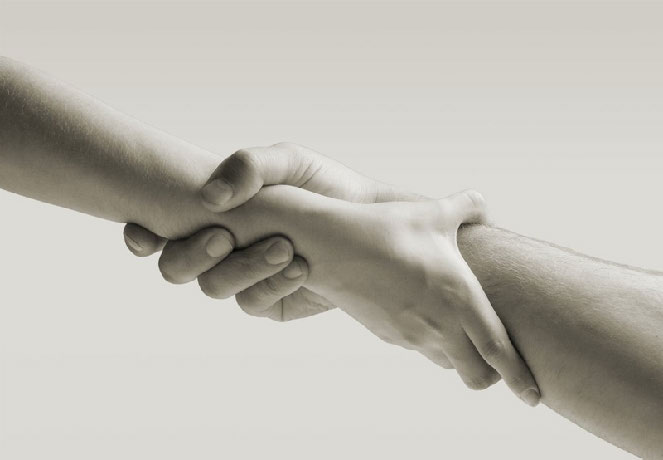At age 9 or 10, my body naturally begin to change.
A hormone in my body sends a message to the whole body that it’s time to grow up. Since every person is different, every person’s body will change at a different time.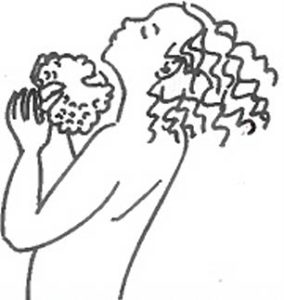
How MY BODY tells me it is changing
On the outside:
- I’m growing taller and bigger. I need larger clothes and shoes.
- I notice pimples on my face. I need to wash my face more often.
- My breasts are starting to grow and sometimes they feel sore.
- I am gaining weight, because I feel like eating all the time. I need to eat healthy food: whole fruits, vegetables, beans and yogurt—not fast food that will make me fat.
- I see small hairs growing everywhere: on my arms and legs, underarms, and around my private parts (vagina).
- My body smells different and has body odor because I perspire (sweat) more. I need to shower every day and use deodorant under my arms.
- I need to brush my teeth after eating so I won’t have “bad breath”.
- Sometimes when I am in bed, my leg muscles ache. I am growing and stretching!
Inside I feel different too:
- I can’t stop what’s happening to my body; it’s part of growing up. I want to look like the other girls.
- I’m embarrassed about the changes in my body.
- I feel happy sometimes, and I feel worried or lonely sometimes.
- It may help to discuss these feelings with your mom or dad. Remember, they are grown up, and they have gone through the body changes too!
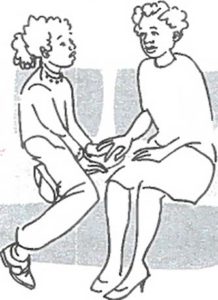
- Body changes happen to everyone! It is how you become grown up!

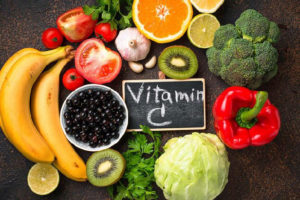
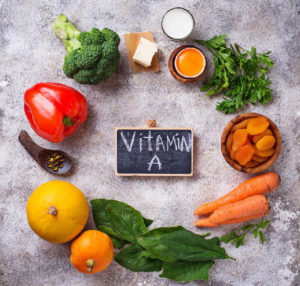
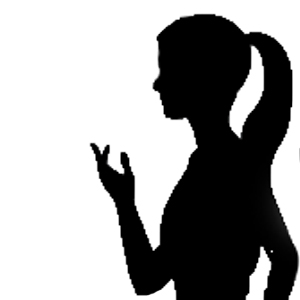
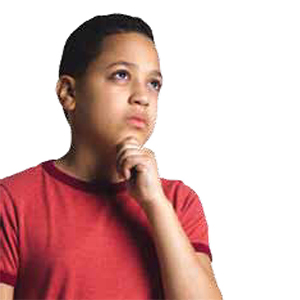
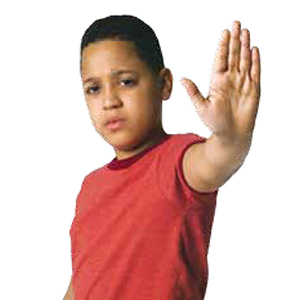

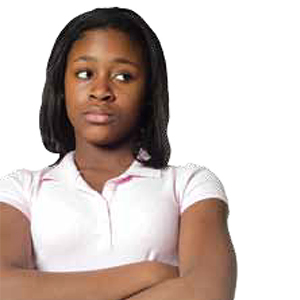
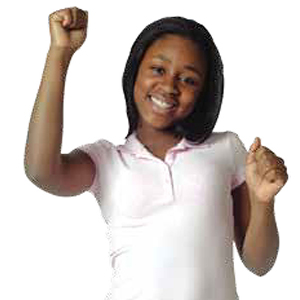


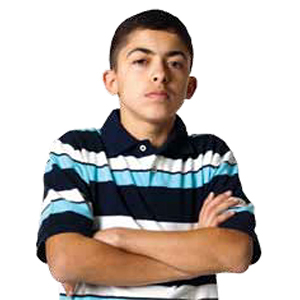
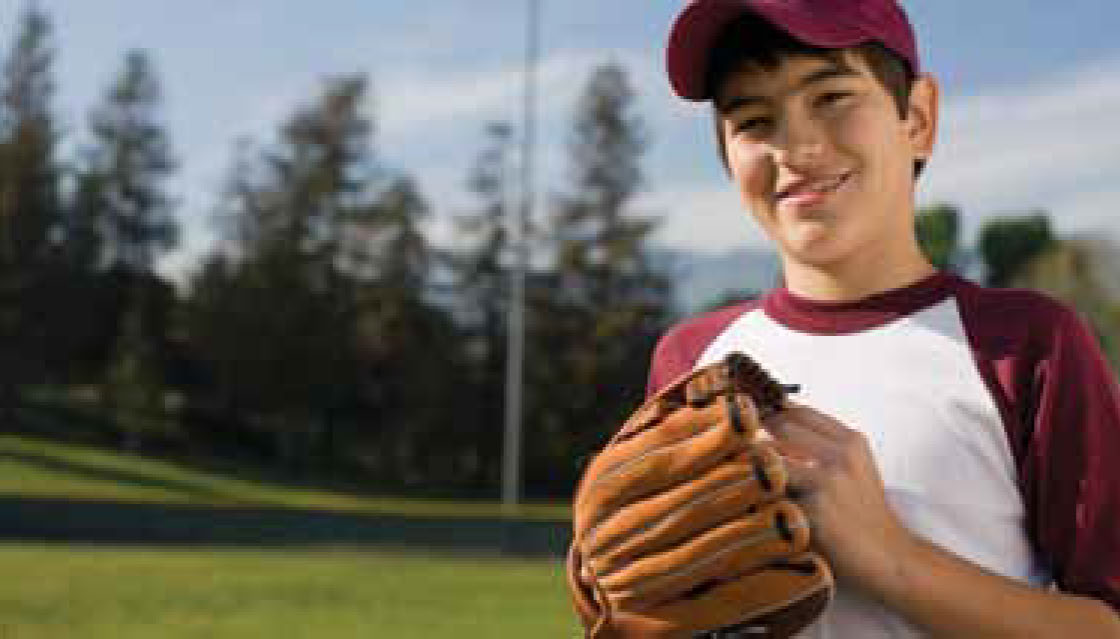
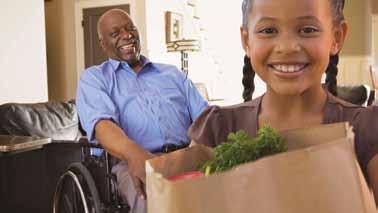

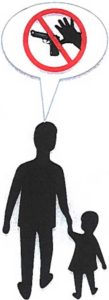 If your children play at another home, talk to the parents about gun safety.
If your children play at another home, talk to the parents about gun safety.
